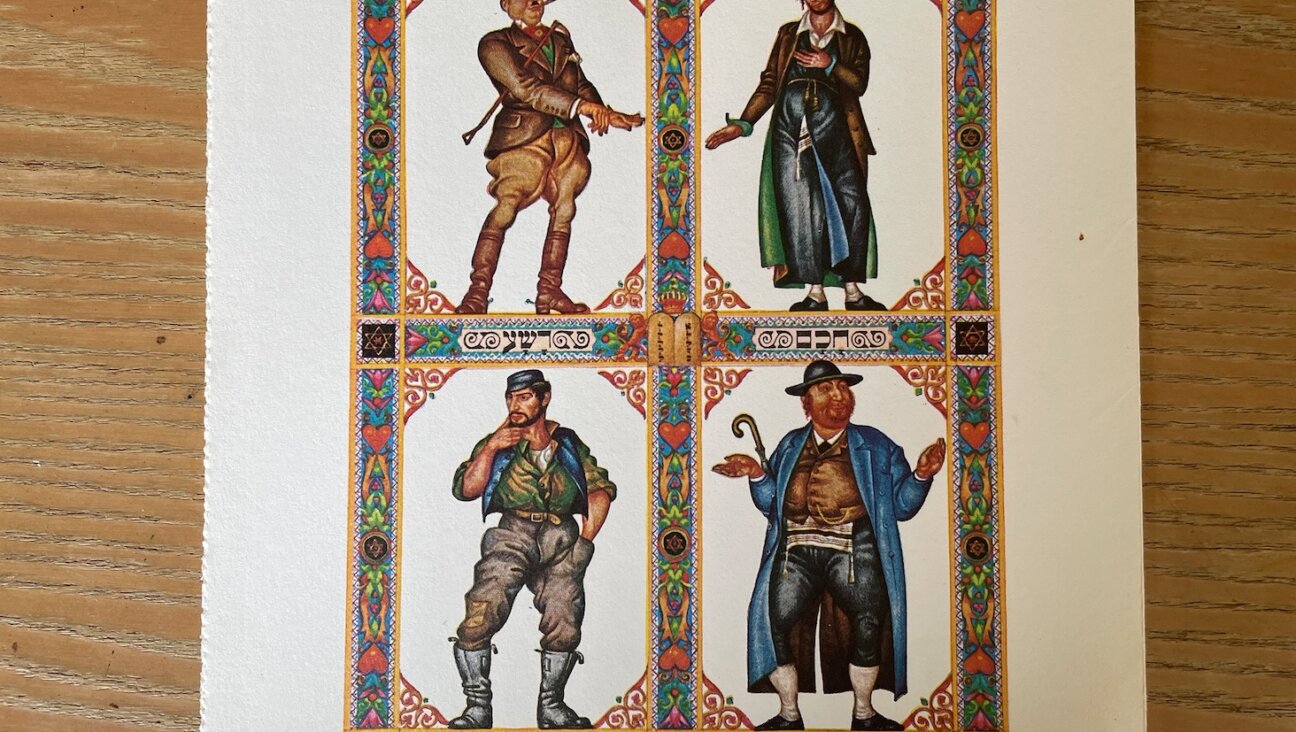From The Vélodrome of Winter
The winner of this year’s Koret Young Writer on Jewish Themes award is Tim Bradford, a doctoral candidate in English at Oklahoma State University. Bradford won for his proposal for a novella based on the history of the Vélodrome d’Hiver, an enclosed stadium built in Paris in 1910, which is best-known for two things: track bicycle racing, especially the spectacular six-day races of the 1920s and ’30s, and la grande rafle, the roundup and seven-day detention in the Vel d’Hiv before deportation to Auschwitz of about 7,000 foreign and stateless Jews in July 1942. The novella incorporates poetry and prose based on research with historical documents and photographs from archival sources. Currently, there are two main characters, Jean Sapin, a French track cyclist, and Adam Dychtwald, an Eastern European Jew working in Paris. The time frame is from the mid-1920s to the destruction of the velodrome in 1959.
* * *|
In November of 1925, Jean Sapin arrived at the Gare de l’Est on the northeast side of Paris and decided, instead of hailing a cab, to open the crate that cradled his bicycle and ride across town to the Vel d’Hiv. He changed his shoes, took off his jacket, checked his two bags and set off. He’d not slept well on the train from Grenoble, but now he was alive again through the autumn air on the platform and the nearness of the holiest of holy palaces of indoor track cycling. Still, even in cycle-crazy Paris, people were surprised to see him riding through the lobby and, with a short stop to push them open but without putting a foot down, out the front doors.
Once outside, Jean breathed deeply. No stuffy compartment to share with strong-smelling passengers coming to Paris, all their belongings wrapped in a blanket. Just his bicycle, his legs and lungs warming to the task, and the buzzing, vibrant streets. Because of its lack of brakes and its fixed gear that meant no coasting, he normally would never ride his track cycle on the road, but he felt strangely released from habit. Here he missed a trolley car by a couple feet, there a pedestrian. After a couple blocks, he was amused by his own naiveté, heading out for the Vel d’Hiv as if all roads led to it, and he stopped to ask a street vendor for directions.
The Seine was high and the color of liver but reflected shards of light off its back as Jean rode along it. He’d been told to turn left on the Boulevard de Grenelle, and he kept slowing down at each cross street so he wouldn’t miss it. His body was warm and his collar a bit damp by the time he reached his turn and, just after, a bridge over the Seine, which he sprinted across, his feet nearly slipping off the pedals without the proper shoes, toe clips and straps.
Right after the bridge was the velodrome, just a concrete block with small windows along the top. At first, he was disappointed, but then he remembered that no one had ever mentioned the outside of the Vel d’Hiv. What was worth coming to Paris for was the spectacle inside, the days and nights of racing in winter. The speed of riders like Jacques Linart, Bernard Ganay and “Bobo” Banquil was legendary. When two such great riders were paired off as a team and rode in the six-day, non-stop events that demanded the utmost speed for sprints and the utmost endurance to keep going for 144 hours by taking turns on the track while the other was on the infield eating or pissing or sleeping, all of Paris would turn out.
Jean got off his bicycle and wheeled it through the doors of the building. Inside, there were only a few riders practicing at a medium pace, but the enormous size of the enclosed space, with small birds flitting among the high steel beams beneath the autumn light pouring in through the glass ceiling, and the pattern of the wooden slates that made up the track entranced him. He left his bike on the infield, went up into the stands, and just sat for an hour, staring at his future.

I hope you appreciated this article. Before you go, I’d like to ask you to please support the Forward’s award-winning journalism this Passover.
In this age of misinformation, our work is needed like never before. We report on the news that matters most to American Jews, driven by truth, not ideology.
At a time when newsrooms are closing or cutting back, the Forward has removed its paywall. That means for the first time in our 126-year history, Forward journalism is free to everyone, everywhere. With an ongoing war, rising antisemitism, and a flood of disinformation that may affect the upcoming election, we believe that free and open access to Jewish journalism is imperative.
Readers like you make it all possible. Right now, we’re in the middle of our Passover Pledge Drive and we still need 300 people to step up and make a gift to sustain our trustworthy, independent journalism.
Make a gift of any size and become a Forward member today. You’ll support our mission to tell the American Jewish story fully and fairly.
— Rachel Fishman Feddersen, Publisher and CEO
Join our mission to tell the Jewish story fully and fairly.
Only 300 more gifts needed by April 30
























